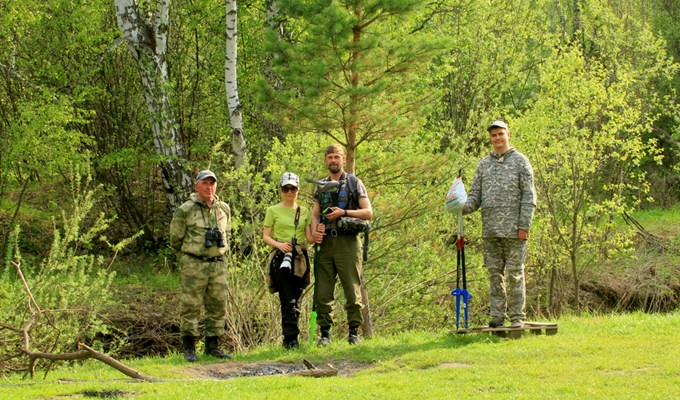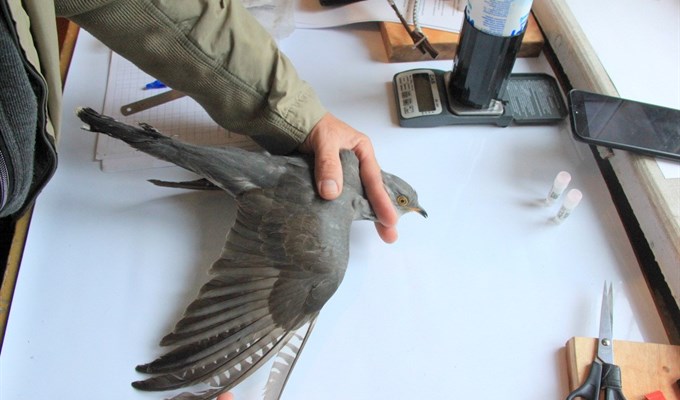TOMSK, Jul 14 – RIA Tomsk. Scientists of Tomsk State University joined an international project to study bird migration; 15 cuckoos
were under observation by biologists in Tomsk, they were equipped with special
sensors that transmit information to the antenna mounted on the International
Space Station (ISS), the university's press service said on Wednesday.
It is specified that TSU scientists entered a major
international project ICARUS, initiated by Russia and Germany and aimed at
monitoring the migration of animals on the planet. The realization of the
project will allow to reveal more precisely the terms of life and places of
bird death, ways of dangerous infections transfer and even use animals as live
early warning systems in connection with climate changes, pandemics and natural
disasters.
"TSU biologists are contributing to the project's
objectives. The objects of their 2021 ICARUS research are two species of
cuckoos – the Cuculus canorus (common сuckoo), widespread in Eurasia from Great Britain
to Kamchatka, and the Cuculus optatus (oriental cuckoo), whose breeding range
is in the forest zone from the Far East to Eastern Europe," the report
said.
© Предоставлено пресс-службой ТГУ
The data will help test, for example, the hypothesis that birds from different Siberian regions fly to Africa in different ways.
Sensors, which "mark" the birds, the size of
half a matchbox, weigh five grams, are equipped with a solar panel and a
15-centimeter wire antenna. Thanks to them, scientists can not only track
objects online, i.e. "see" when they sleep, eat, and so on, but also
assess the relationship of bird life to changes in environmental conditions.
Tomsk biologists chipped 15 birds.
Now the "smart" sensors record all
information into their memory, and when the birds cross the 55th parallel, the
data will go to the antenna installed on the Russian module of the ISS. Then
they will be transmitted to the ground station and become available to
researchers. The results of the observations are published in the MoveBank open
database. The Siberian cuckoos' tracks are expected to appear in the database
by September.
"The information that scientists receive today
thanks to ICARUS seems incredible. For example, everyone was struck by the data
on the bar-tailed godwit (Limosa lapponica). It turned out that during the
flight from Alaska to New Zealand, its non-stop flight is 9-11 days ... The use
of new technology can largely turn our ideas about the animal world and greatly
expand them," TSU biologist Sergey Gashkov is quoted in the message.
© Предоставлено пресс-службой ТГУ
TSU biologists conducted bird capture at the test landfill together with colleagues from the Zoological Institute of the Russian Academy of Sciences and the Karelian Research Centre of the Russian Academy of Sciences, who are also participants of the ICARUS project.